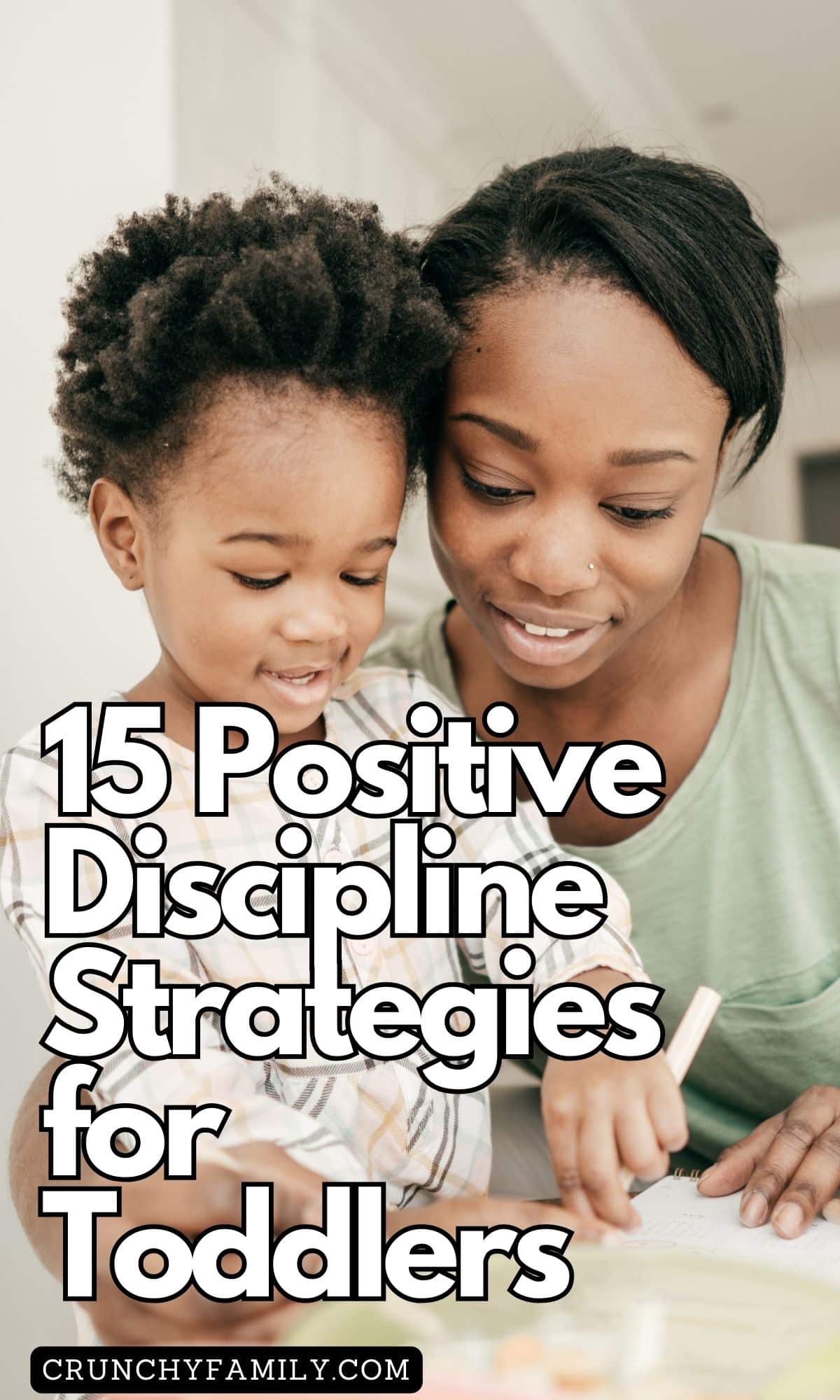Parenting toddlers can feel like navigating a whirlwind of emotions, tiny hands, and boundless energy. One minute they’re giggling angels, the next, they’re tiny tornadoes. If you’re looking for a way to guide your little one through these turbulent years, while building a solid foundation for the future, then positive discipline might just be your new best friend.
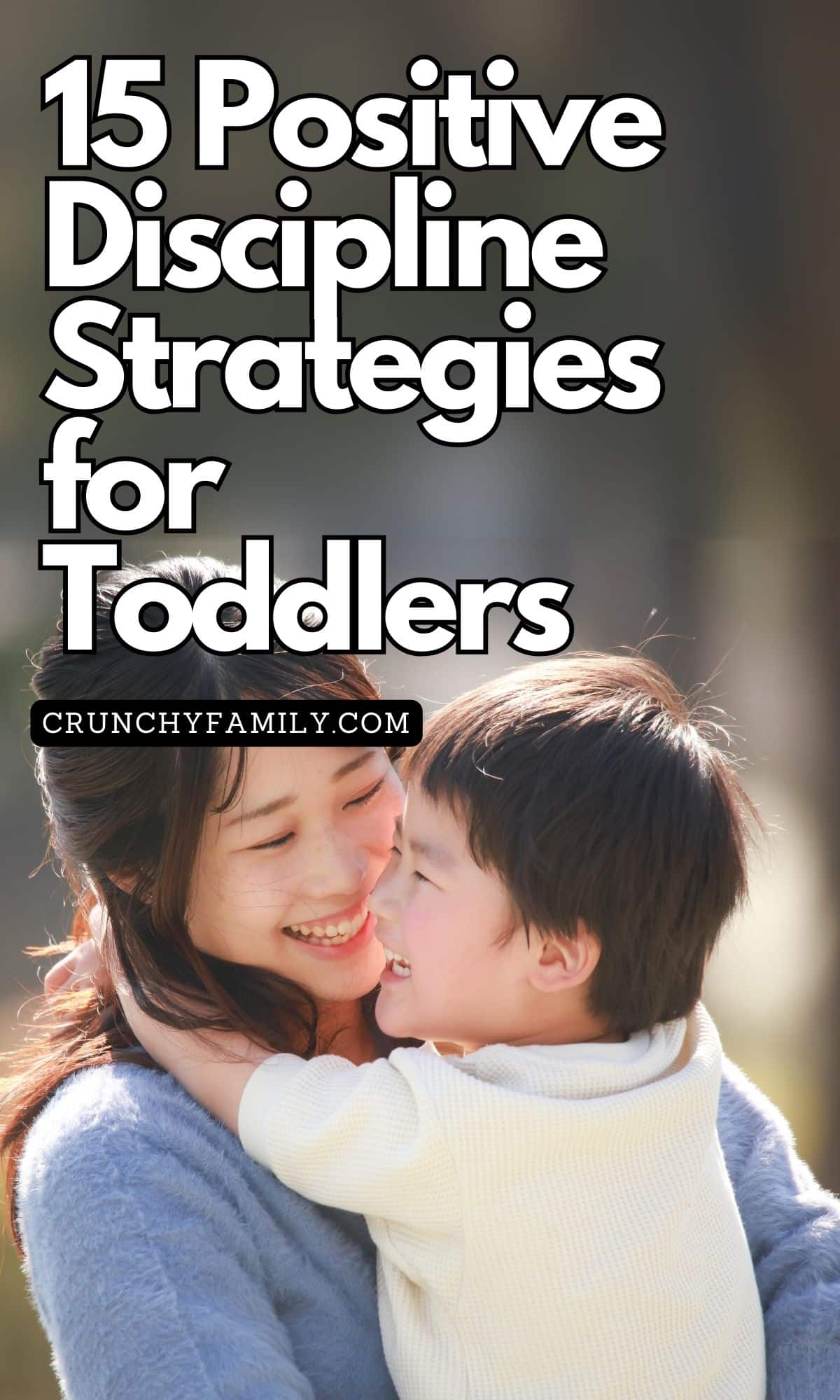
First, let’s understand what positive discipline is all about and why it’s a game-changer for both you and your toddler.
Understanding Positive Discipline
Positive discipline is all about teaching your toddler how to behave appropriately while being respectful and supportive. It’s not about punishment but about guiding your child toward better behavior through understanding, patience, and encouragement. It’s about raising a happy, confident, and well-behaved child – without the tears and tantrums (for both of you!).
Toddlers are at a critical stage of development, learning about the world and how to interact with it. Using positive discipline helps them develop self-control, responsibility, and empathy. It also strengthens your relationship with them, creating a loving and secure environment where they can thrive.
Before jumping into these positive discipline parenting tools, it’s important to understand that toddlers are still figuring things out. They’re testing boundaries, exploring their independence, and learning how to express their emotions. Knowing this can help you stay patient and empathetic when they’re pushing your buttons. Do not take your child’s misbehavior personally.
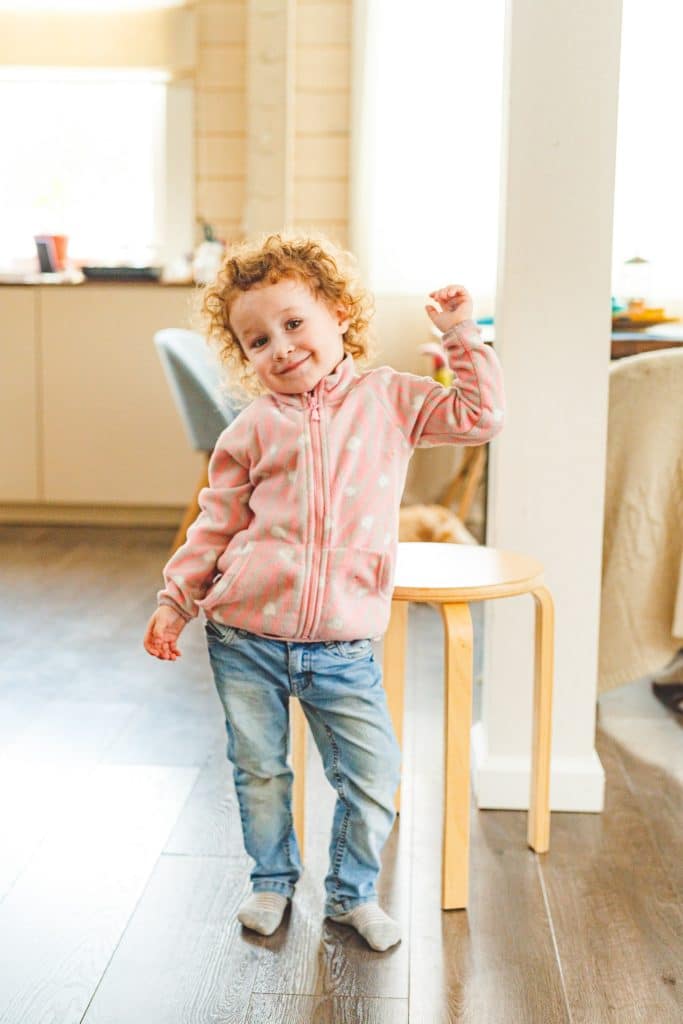
Creating a Positive Environment
Your home should be a safe, supportive space where your toddler feels loved and understood. This means child-proofing to prevent accidents, having age-appropriate toys and activities, and ensuring your toddler knows they are safe and cared for in the comfort of your own home.
Setting Clear Expectations is also a great way to make it easier for your child to succeed. Toddlers thrive on routine and clear expectations. Let them know what behaviors are acceptable and what aren’t. Consistency is key – it helps them understand what’s expected and reduces confusion.
Positive Discipline Strategies
Now, let’s get into the nitty-gritty. Here are 10 positive discipline strategies that can help you guide your toddler’s behavior in a constructive and loving way.
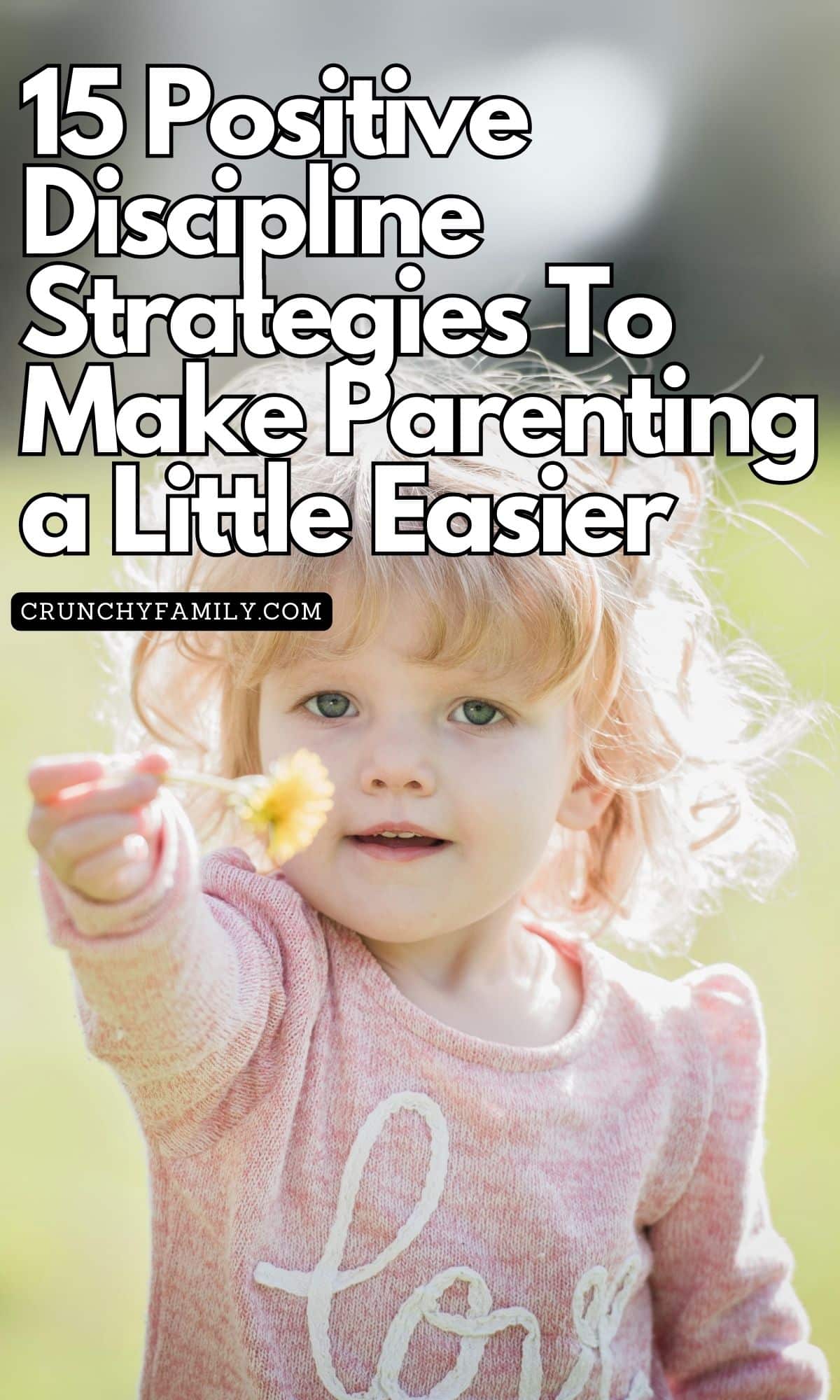
1. Praise, Encouragement and Positive Reinforcement
Toddlers love attention, so give it to them when they’re doing something right! Praise their efforts, no matter how small, and encourage them to keep trying. “Great job putting your toys away!” goes a long way in reinforcing good behavior.
Incorporating the tenets of positive discipline, consistent praise and encouragement can transform your three-year-old toddler’s behavior. By acknowledging their efforts, you’re using one of the most effective parenting tools to build their intrinsic motivation. Real-life stories from other parents show that when children feel appreciated, they’re more likely to repeat positive behavior. Think of it as a powerful foundation builder for raising empowered and well-behaved children.
Rewards don’t have to be big. Stickers, a favorite snack, or extra playtime can motivate your toddler to follow the rules. Just make sure the rewards are consistent and immediate to reinforce the behavior.
Positive reinforcement is not just about rewards; it’s about using effective parenting tools to encourage your child’s behavior.
Research has shown that social skills and problem-solving abilities improve significantly when children are positively reinforced. Next time your toddler shares a toy or follows instructions, a simple reward like a sticker or a hug can work wonders.
These day-to-day exercises are small steps toward a bigger goal of raising capable kids.

2. Modeling Desired Behavior
Kids learn by watching, so be the behavior you want to see. If you want your toddler to say “please” and “thank you,” make sure you’re using those words regularly.
Being a good example is one of the best ways to teach important life skills. When you model the behavior you want to see, you’re shaping and influencing your child in a way that doesn’t require any kind of conflict. This has been proven over years of real-world research.
For instance, if you remain calm and use creative thinking to solve a problem, your little kid will learn to do the same, developing the ability to become a problem solver as they learn from your own behavior. This approach is not just about today’s behavior but it then builds communication and problem-solving skills that will serve them well into their teenage years.
Related: 10 Powerful Reasons Why Kids Need Role Models
3. Distracting with Alternative Activities
When your toddler is heading towards trouble, redirect their attention. If they’re about to throw a toy, suggest a different activity like building a block tower or drawing.
When a meltdown is brewing, distracting your toddler with alternative activities can be a lifesaver. This technique not only redirects negative behavior but also teaches them creative cooperation.
By providing fun and engaging options, you’re helping them develop their social skills in a positive environment. This is a real-life example of using positive discipline parenting tools to navigate one of the toughest parenting issues.

4. Providing Choices but Offering Limited Options
Giving your toddler choices helps them feel in control and reduces power struggles. Instead of “Put on your shoes now,” try “Do you want to wear the red shoes or the blue shoes?”
Offering choices is a cornerstone of the positive discipline philosophy. It gives your child a sense of control and teaches them decision-making skills. For example, if your three-year-old toddler is refusing to eat dinner, offering them a choice between two healthy options can make a significant difference.
This method not only addresses the immediate issue but also fosters their ability to make decisions at their own pace, preparing them for more significant choices in the future.
We just recommended giving choices, but too many can overwhelm a toddler. Offer two or three options to make decision-making easier and less stressful. That’s the sweet spot.
Limiting options helps prevent overwhelm and encourages focused decision-making. This technique is a hidden belief within positive discipline that simplifies choices for young people. By narrowing down the alternatives, you help your child make decisions more confidently.
For instance, choosing between two bedtime stories rather than a whole shelf full makes the process smoother and more enjoyable, reinforcing their problem-solving skills.
So let your toddler make a few limited choices throughout the day – “Do you want apple slices or banana with your lunch?” It makes them feel empowered and respected.
Providing opportunities for decision-making helps children develop their problem-solving skills and confidence. It’s a practical application of the encouragement model within positive discipline. When children are allowed to make choices, they learn to weigh options and consider consequences, which are important life skills. This practice also helps them feel more in control and respected, fostering a positive and cooperative family dynamic.

5. Establishing Clear Rules
Set simple, clear rules and stick to them. “No hitting” and “We clean up our toys” are easy for toddlers to understand. Repeat them often.
Setting clear rules is essential for building mutual respect and understanding. It’s an effective method that helps your child know what’s expected of them. Clear rules provide a consistent framework that makes day-to-day exercises like cleaning up or bedtime routines easier to manage. Over time, these consistent boundaries help develop well-behaved children who understand the importance of rules and the consequences of breaking them.

6. Consistent Consequences
Consistency is crucial. If a rule is broken, calmly and consistently follow through with a consequence. If you say, “If you throw your toy, I’ll take it away,” make sure to take it away if they throw it.
Consistency in consequences is key to effective discipline. It teaches children that their actions have predictable outcomes, which is crucial for behavior change. By following through every time, you reinforce the positive discipline philosophy and provide a stable environment where your child knows what to expect. This approach builds a deeper level of trust and understanding, essential for long-term success in teaching important life skills.
7. Following Through
Make sure you follow through on what you say. This helps your toddler understand that actions have consequences and builds trust in your words.
Following through on promises and consequences builds trust and reinforces the importance of mutual respect. It’s a crucial part of positive discipline tools. When your child knows that you mean what you say, they’re more likely to take rules seriously. This consistent approach helps them understand the importance of responsibility and accountability, crucial elements for academic success and beyond.

8. Active Listening
When your toddler is upset, listen to them. Get down to their level, make eye contact, and show that you care about their feelings. Sometimes, just feeling heard can diffuse a tantrum.
Active listening is a powerful tool for building communication and understanding. It’s about showing your child that their feelings and thoughts are important, which fosters a strong emotional connection. By practicing active listening, you help your child develop their own problem-solving abilities, preparing them to navigate conflicts and challenges independently as they grow older.
9. Using Simple Language
Keep your language simple and direct. “No hitting. Hitting hurts.” is easier for a toddler to understand than a lengthy explanation.
Using simple language ensures that your child understands what you’re saying, reducing confusion and frustration. This approach is part of the encouragement model within positive discipline, making it easier for children to follow instructions and expectations. Simple, clear communication is an effective method for teaching important life skills and ensuring that your child’s behavior aligns with family rules.

10. Acknowledging Feelings
Let your toddler know that their feelings are valid. “I see you’re angry because you can’t have that toy. It’s okay to feel upset.”
Acknowledging your child’s feelings helps them feel understood and respected. It’s a key component of effective parenting tools, teaching children that their emotions are valid. This practice helps in managing challenging situations like tantrums, as children feel heard and are more likely to calm down. Recognizing their feelings also builds their emotional intelligence, preparing them for healthier relationships in the future.
11. Allowing for Self-Help
Encourage your toddler to do things on their own. It builds their confidence and independence. Simple tasks like putting on their shoes or helping set the table are great starts.
Encouraging self-help fosters independence and self-confidence. It’s about giving your child the training tools they need to become more capable and self-reliant. Allowing them to try things on their own, even if they make mistakes, builds their resilience and problem-solving skills.
This approach aligns with the positive discipline philosophy, empowering children to take charge of their own learning and growth, and with this we can raise empowered confident and capable children.
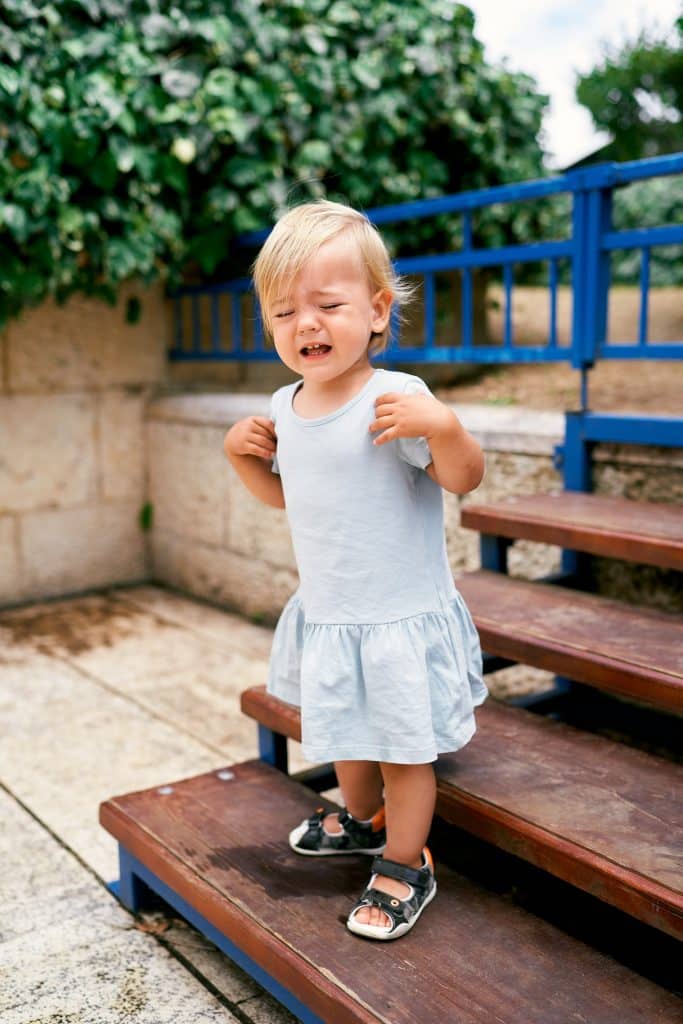
12. Encouraging Problem Solving
When faced with a challenge, help your toddler find a solution rather than fixing it for them. “The puzzle piece doesn’t fit? Let’s try turning it.”
Encouraging problem-solving helps your child develop critical thinking and independence. It’s about guiding them to find solutions rather than providing all the answers. This method builds their confidence and prepares them for future challenges.
Each small step we build in the toddlers years helps to develop a problem-solving mindset. You’re helping your child become a capable and resilient individual, ready to tackle the complexities of life.
Handling Challenging Situations
Even with using your positive discipline parenting tools, tough moments are inevitable. Here’s how to handle some common challenges:
Tantrums and Meltdowns
Stay calm and don’t give in to the tantrum. Wait it out and talk to your child once they’ve calmed down.
Handling tantrums and meltdowns requires a calm and patient approach. Use positive discipline tools like active listening and acknowledging feelings to help your child navigate their emotions. Share success stories from other parents who’ve faced similar challenges, and remember that these moments are opportunities to teach important life skills like self-regulation and emotional expression. These strategies can turn even the toughest parenting issues into learning experiences.
Aggression and Hitting
Intervene immediately and calmly. Explain that hitting is not acceptable and suggest a better way to express their feelings.
Addressing aggression and hitting involves immediate and calm intervention. Use clear, simple language to explain why the behavior is unacceptable and provide alternative ways to express feelings. This approach, rooted in positive discipline philosophy, teaches your child about empathy and respect for others. Consistent consequences and modeling desired behavior are key to helping your child understand and change their actions.
Refusal to Cooperate
Offer choices and consequences. “You can pick up your toys now, or we won’t have time for a story later. Your choice.”
When your child refuses to cooperate, offering choices and consistent consequences can be effective. Explain the options and consequences clearly, and follow through with what you’ve said. This practice helps your child understand the importance of cooperation and responsibility. It’s also an opportunity to build their problem-solving skills by involving them in finding solutions that work for both of you.
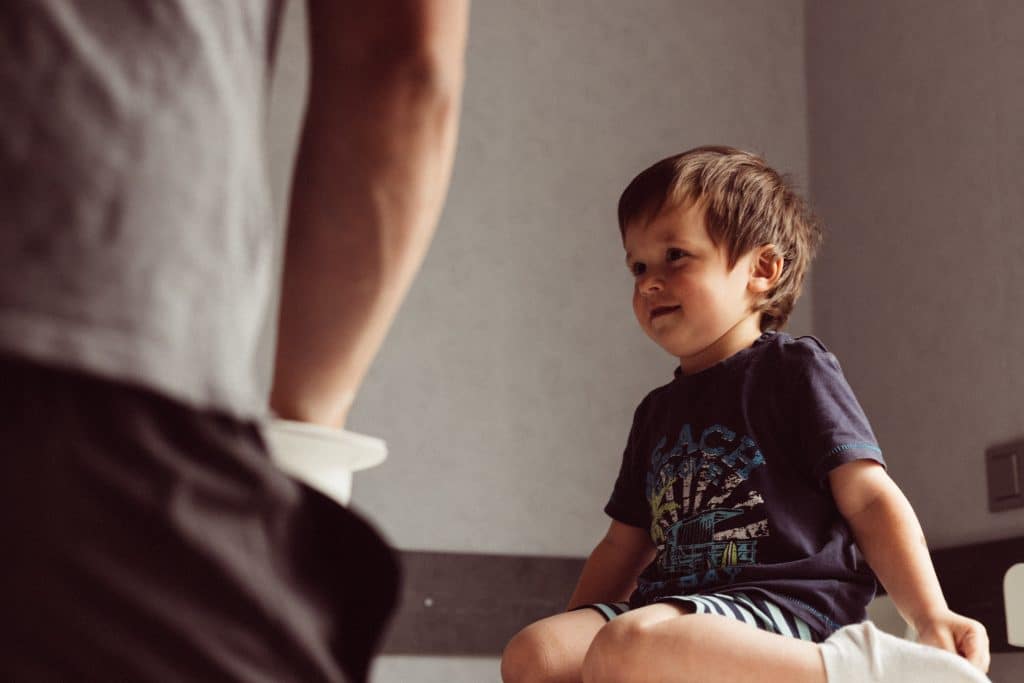
Positive discipline is a powerful tool in your parenting toolkit. By using these strategies and positive parenting skills, you’re not just managing behavior – you’re teaching your toddler valuable life skills that will help them grow into a responsible, empathetic, and confident person. Remember, patience and persistence are key. You’re doing an amazing job, and your efforts will pay off in the long run! Keep reinforcing positive behavior and watch your little one flourish.
More Positive Parenting
- Common Gentle Parenting Myths
- 6 Gentle Parenting Alternatives to Time Out
- 15 Key Phrases to Embrace and Avoid with Your Child
- 11 Fun And Easy Breathing Exercises for Children
